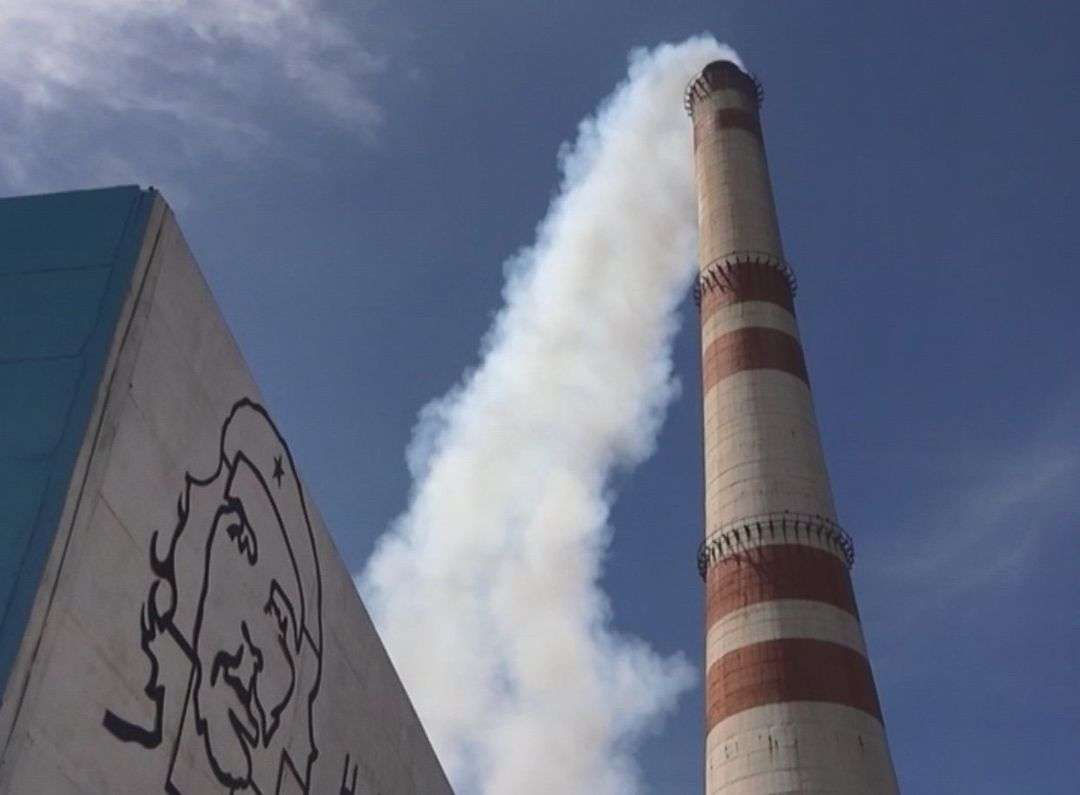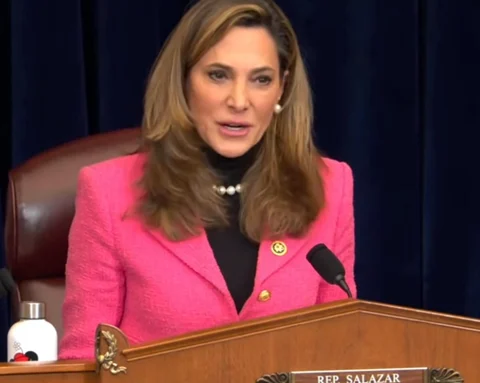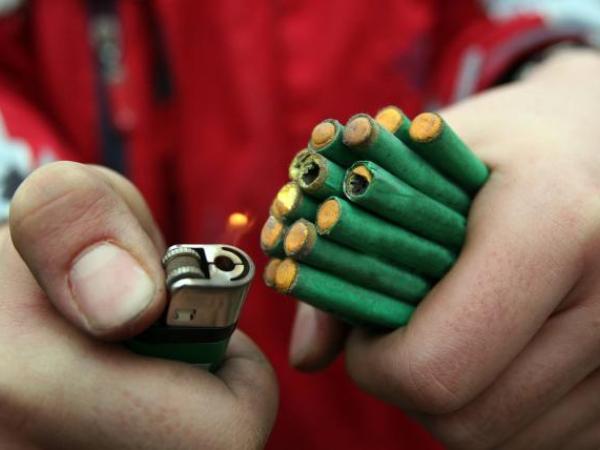The Electric Union (UNE) of Cuba does not foresee blackouts scheduled for Christmas this Sunday on the island.
As reported by the state entity on its social networks, no effects on the electricity service were estimated due to a deficit in capacity of generationalthough the reserve levels with which the system will operate are low.
For the night peak hour, the moment of greatest consumption, the UNE estimates an availability of 2,707 MW and a maximum demand of 2,550 MW, for a reserve of 157 MW.
For that time, it announced the entry of unit 1 of the Havana thermoelectric power plant (CTE) with 80 MW, which was in the start-up process, and of unit 6 of the CTE Diez de Octubre, in Nuevitas, with 110 MW .
In addition, it provides for the increase of 30 MW in the Energás Jaruco 6 plant and the entry of 297 MW in diesel engines “that have reached their maintenance hours and their operation has been authorized, limited in operating time.”
According to the UNE, at the moment the island has several generating plants out of service due to breakdowns. This is the case of units 6 and 7 of the Mariel CTE, units 1 and 2 of the Santa Cruz CTE, the Antonio Guiteras CTE unit, units 4, 5 and 6 of the Nuevitas CTE, unit 6 of the CTE Renté, in Santiago de Cuba, and unit 2 of the CTE Felton, in Holguín.
Similarly, units 3 and 4 of the CTE Renté are out for maintenance, while the limitations on thermal generation (167 MW) are maintained, and in distributed generation 812 MW are unavailable due to failure and 530 are under maintenance. MW.
This situation could mean that, in the event of a new break or failure, there is a generation deficit and unscheduled power cuts must be made.
After months of prolonged blackouts on the island, the most recent days have elapsed without programmed affectations or with a low deficit in generation capacity. This is the result of a group of actions carried out, including maintenance work and assembly of new motors, and also the reduction in electricity consumption with the arrival of the winter season.
However, the situation continues to be complicated due to the age of most of the generating plants, which causes continuous breakdowns, and the lack of financing to acquire replacement parts and carry out maintenance with the necessary magnitude and systematicity.















